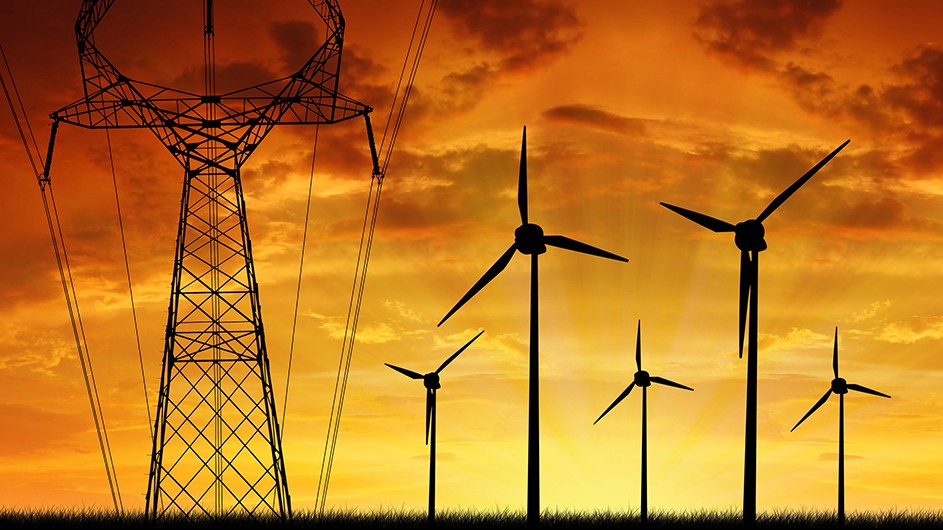While wind and solar energy are free and renewable resources, they also rely on uncontrollable natural processes.
Recognizing the hazards associated with renewable energy is one thing, but what happens if the grid loses both of these energy sources at the same time? The sun doesn’t always shine and the wind doesn’t always blow.
READ MORE: Technological Breakthroughs Could Unlock 80% More Wind Energy Potential This Decade
We refer to this phenomena as a compound energy drought. Researchers at Pacific Northwest National Laboratory (PNNL) have discovered that these energy droughts can extend up to five days in certain regions of the nation.
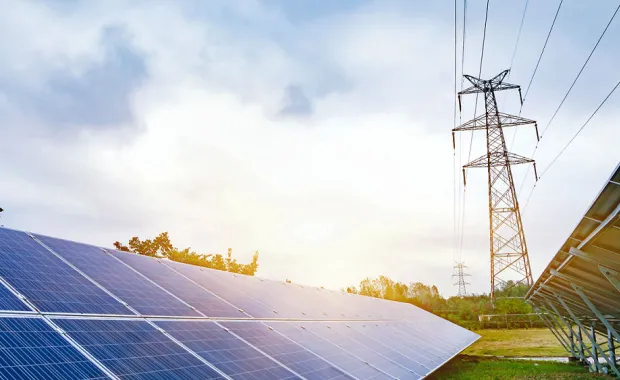
Lead author of the work and PNNL Earth scientist Cameron Bracken stated, “Energy droughts could have huge amounts of impact on the grid when we have a completely decarbonized grid and depend heavily on solar and wind.”
In order to plan to draw energy from various sources, grid operators need to anticipate when energy droughts will occur. Additionally, knowing the location, timing, and duration of energy droughts can aid specialists in managing grid-level battery systems that have the capacity to store enough electricity to be deployed when energy is most needed.
READ MORE: A New Robot Advances Solar Energy Research
The researchers will present the results at this week’s American Geophysical Union annual meeting. The findings were published on October 31 in the journal Renewable Energy.
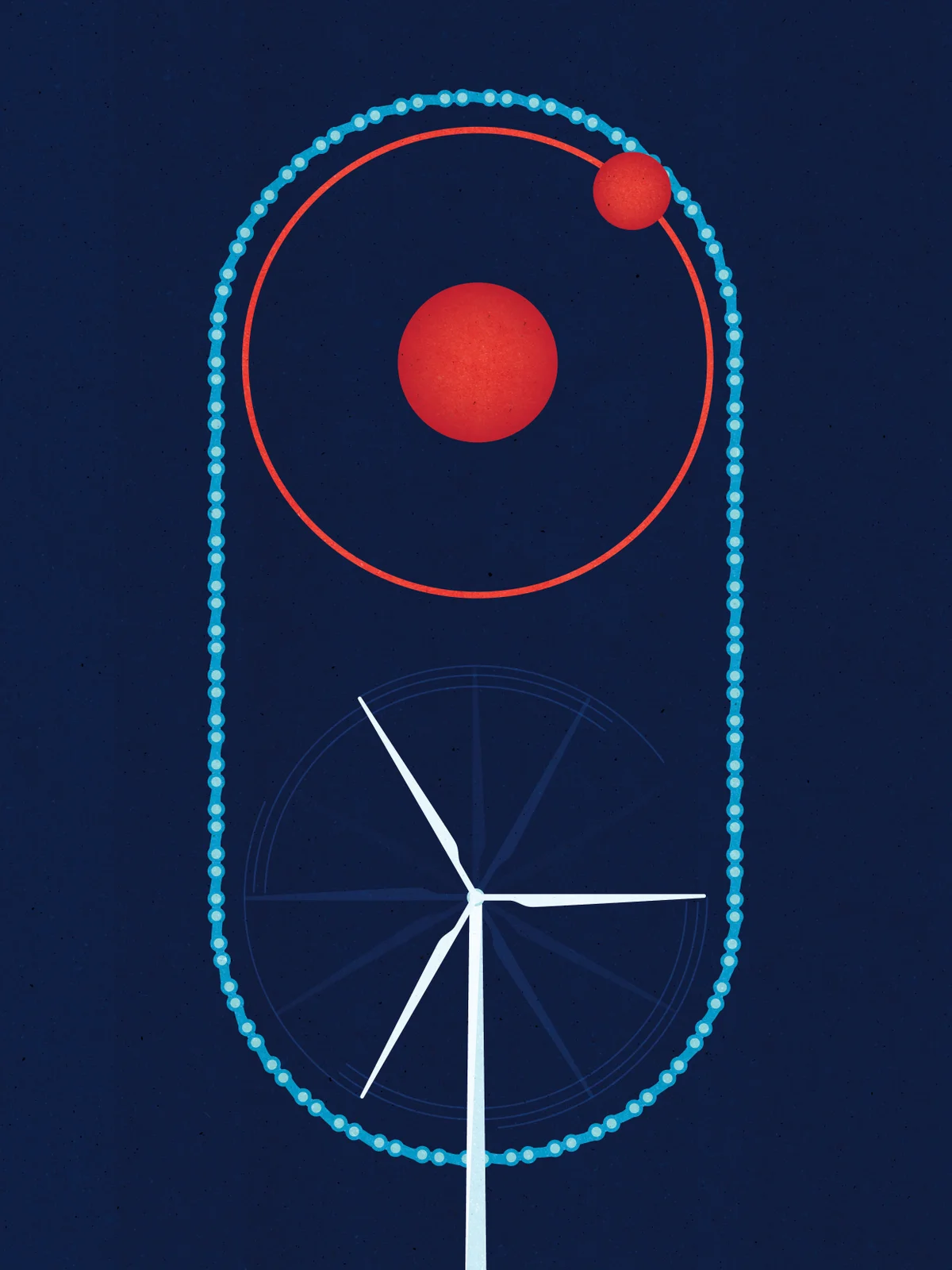
looking for days with clouds and no wind
Compound energy droughts were previously investigated at the state or regional levels by researchers. Still, not much research has been done at the national level. The researchers used weather data and historical energy demand data to determine the frequency of energy droughts during times when energy is most needed in order to have a better understanding of the danger of energy droughts across the continental United States.
The group focused on the regions where real solar and wind power plants are now operational by analyzing four decades’ worth of hourly weather data for the continental United States. The wind speed at the top of wind turbines and the amount of solar radiation striking solar panels were included in the weather data. Periods when meteorological data indicated that cloud cover and stagnant air translated into less energy being produced by solar and wind power plants—a compound energy drought.
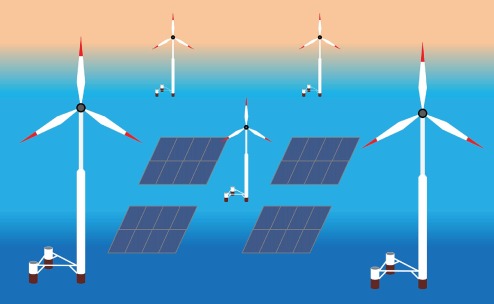
“We essentially took a snapshot of the infrastructure as of 2020 and ran it through the 40 years of weather data, starting in 1980,” Bracken explained. “We are basically saying, ‘Here is how the current infrastructure would have performed under historical weather conditions.'”
The researchers discovered that, while their occurrence and length vary greatly, energy droughts can happen in any season throughout the continental United States. For example, cloudy and windless conditions may persist for several days in California, yet they may only linger for a few hours in Texas. Frequent energy droughts occur frequently in Utah, Colorado, and Kansas, lasting several hours or several days.
Meanwhile, it appears that energy droughts lasting several hours occur more frequently than those lasting several days in the Northeast and Pacific Northwest. The impact of the energy drought on the grid—will it last a few hours or several days—will be better understood given the varied timelines (hourly versus daily).
All things considered, the researchers discovered that the longest possible compound energy drought on an hourly period occurred in Texas and the greatest energy drought on a daily timescale occurred in California, lasting six days.
According to Bracken, understanding the where and how of energy droughts is only one element of the puzzle. Additionally, he emphasized that an energy shortfall won’t always result from a lack of solar or wind power. In addition to fossil fuels and hydropower, grid managers can also use energy transmitted from different parts of the United States.
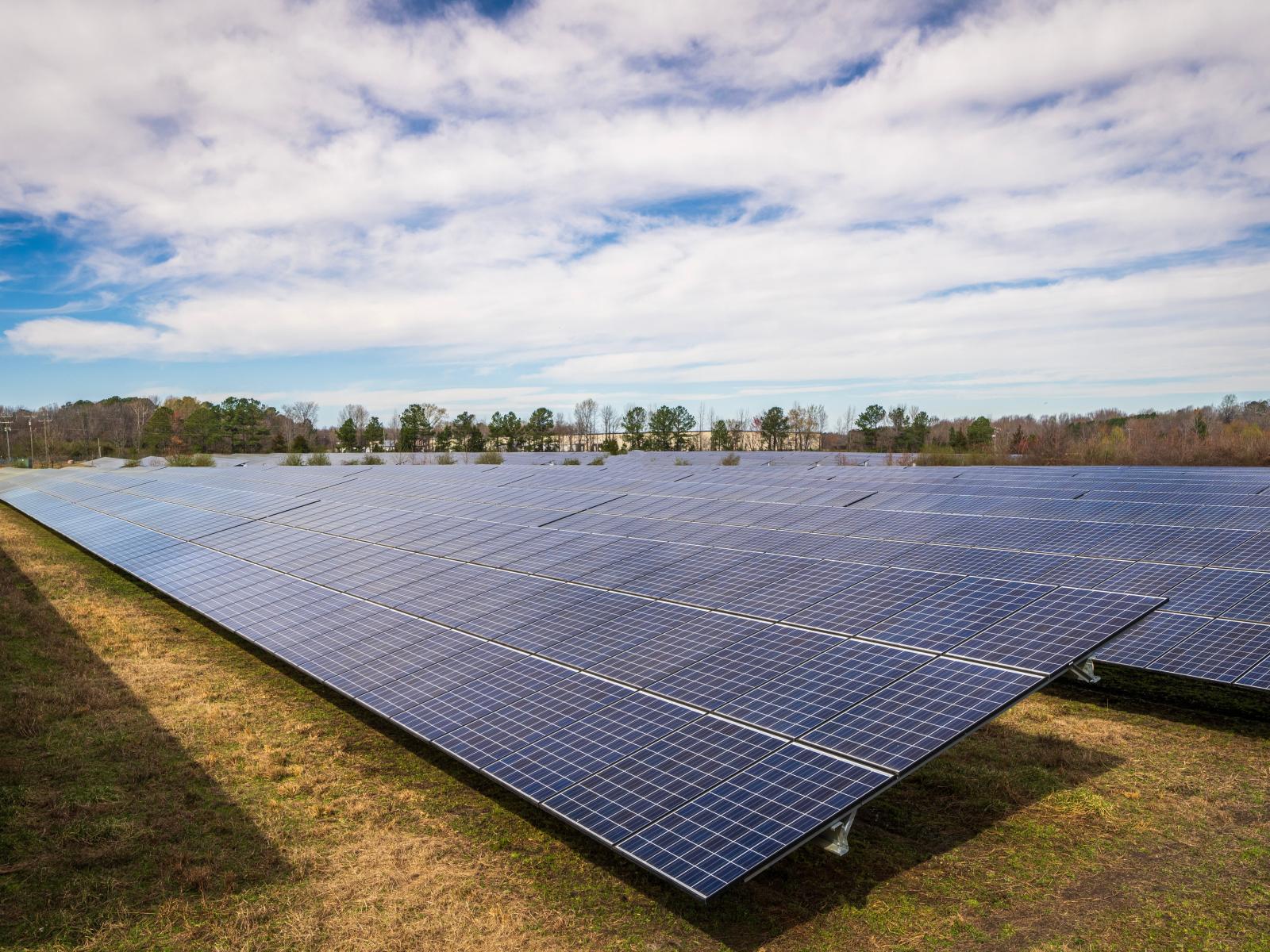
However, as the country attempts to shift away from fossil fuels and toward a greater reliance on solar and wind power, grid managers need to know if energy shortages may happen when demand for electricity might outpace supply. Warmer summers and harsher winter storms brought on by climate change imply that people need to consume more energy to keep safe during these seasons—whether it’s for heating or cooling—and that having access to electricity could make the difference between life and death.
READ MORE: The First Expedition To “Touch” The Sun Makes A “Significant” Discovery About Solar Wind
The team overlaid their historical, hypothetical generation data onto 40 years of historical energy demand data, which also covered actual power plants across the continent, in order to gain an understanding of the potential relationship between energy droughts and energy demand.
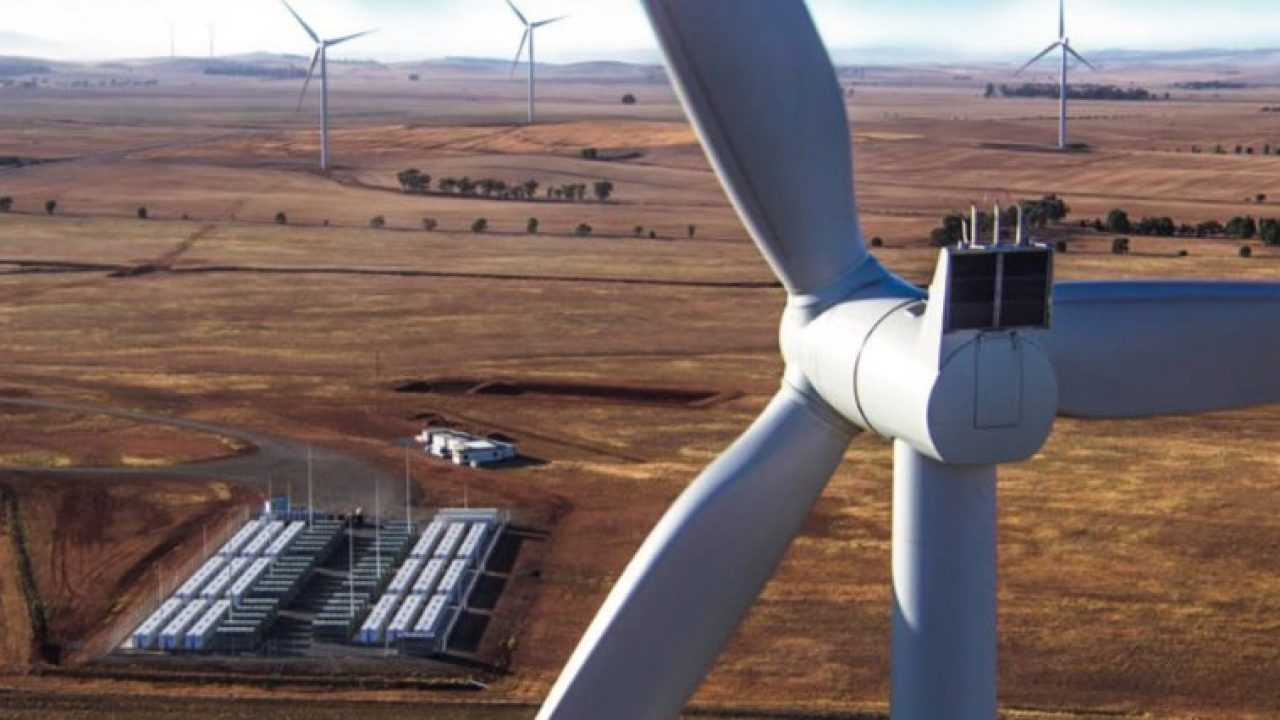
According to Bracken, the data demonstrated that “wind and solar droughts happen during peak demand events more than you would expect due to chance,” which means that periods of clear skies and no wind almost often coincided with periods of high electricity demand. Bracken isn’t positive that the correlation indicates causation at this time.
“This could be due to well-understood meteorological phenomenon such as inversions suppressing wind and increasing temperatures, but further study is needed,” Bracken stated.
Energy conservation at periods of low energy
Long-duration energy storage project deployment will benefit from an analysis of patterns in the frequency and length of energy droughts, according to co-author of the article and PNNL Earth scientist Nathalie Voisin. This research is the first to define a consistent definition of a compound energy drought and to estimate its duration across the nation.
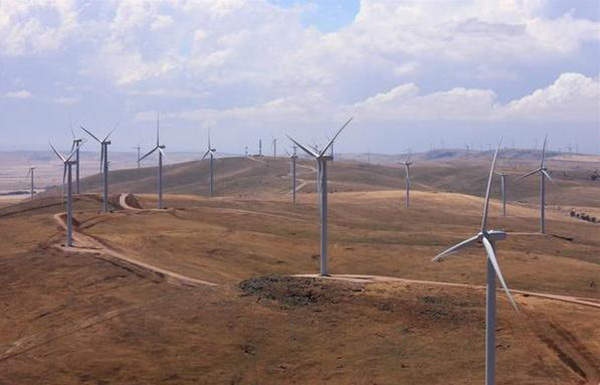
“We’re offering guidance on how to effectively plan and oversee storage for multiple days. Thus, you can encourage storage to be managed appropriately when you anticipate an energy drought lasting five hours or five days, according to Voisin.
In order to determine how climate change may impact the frequency and length of energy droughts, Bracken and the colleagues will next project weather and demand data into the future. The group intends to simulate energy shortages along with changing infrastructure up until the end of the century.
Radiant and America Nu, offering to elevate your entertainment game! Movies, TV series, exclusive interviews, music, and more—download now on various devices, including iPhones, Androids, smart TVs, Apple TV, Fire Stick, and more.



